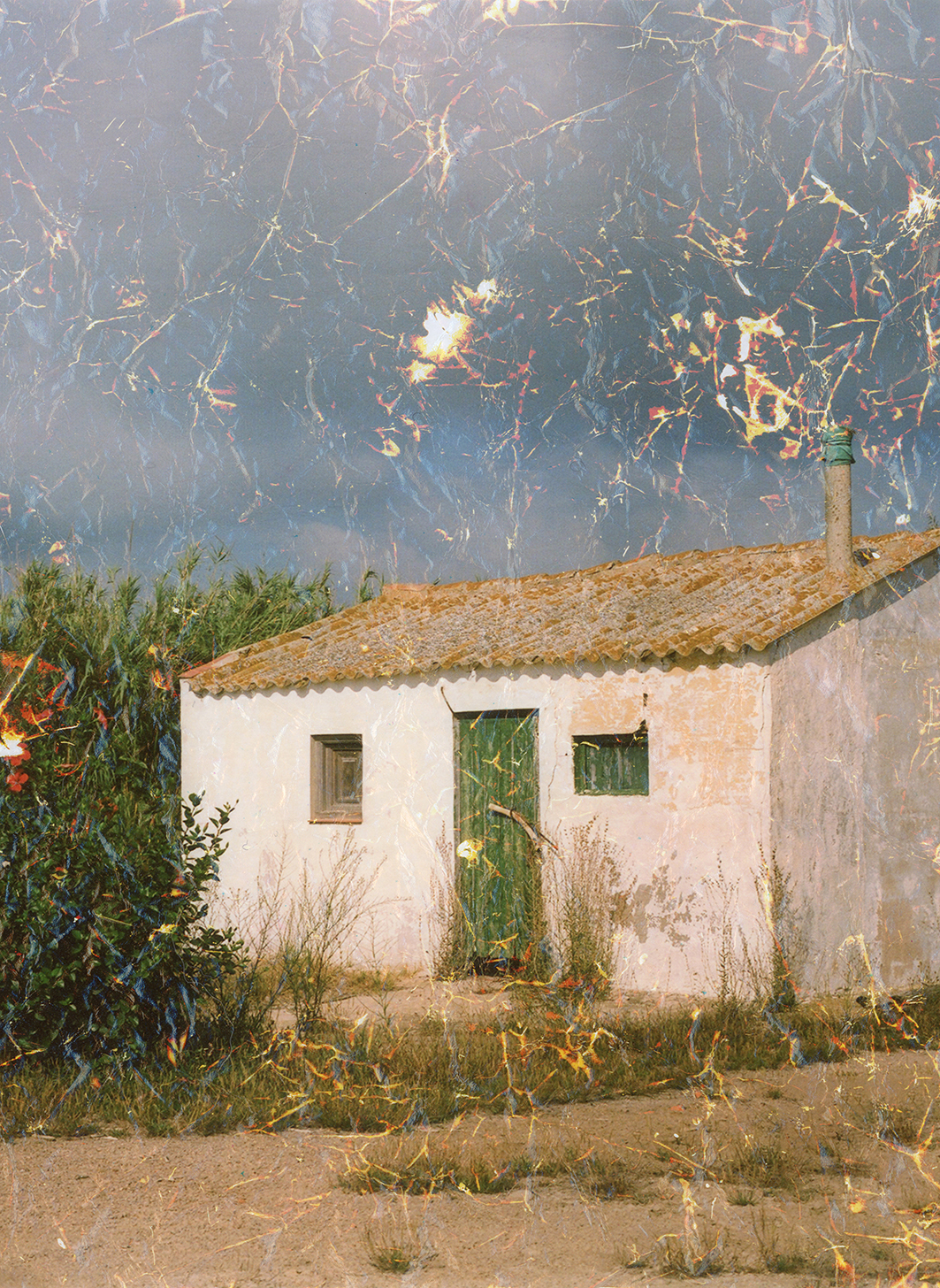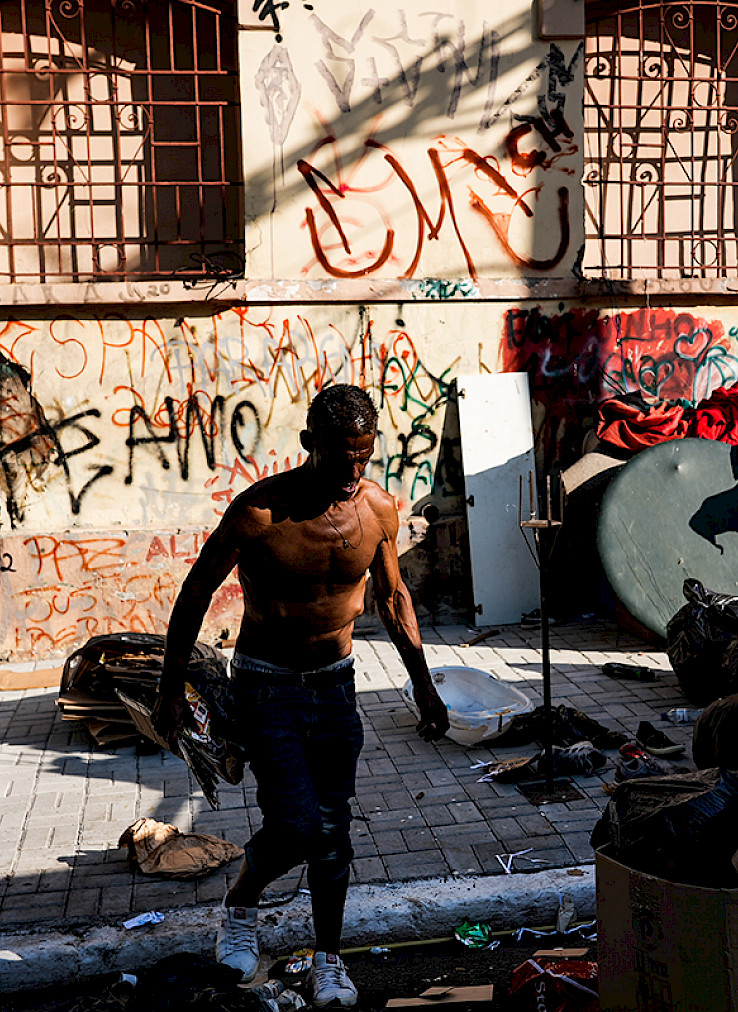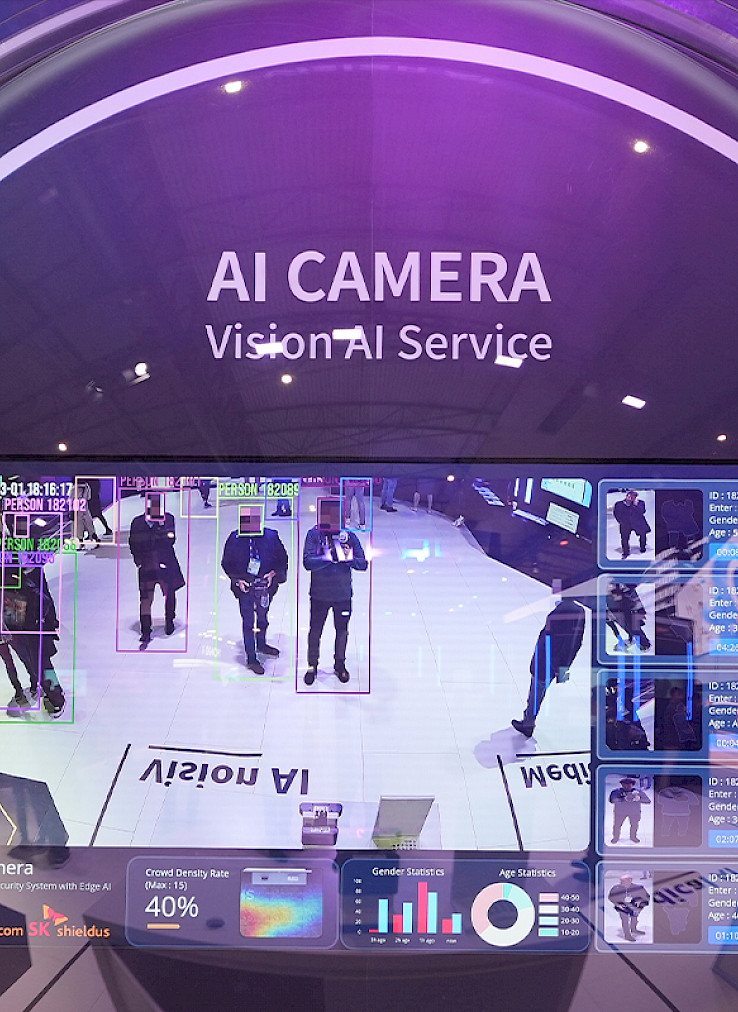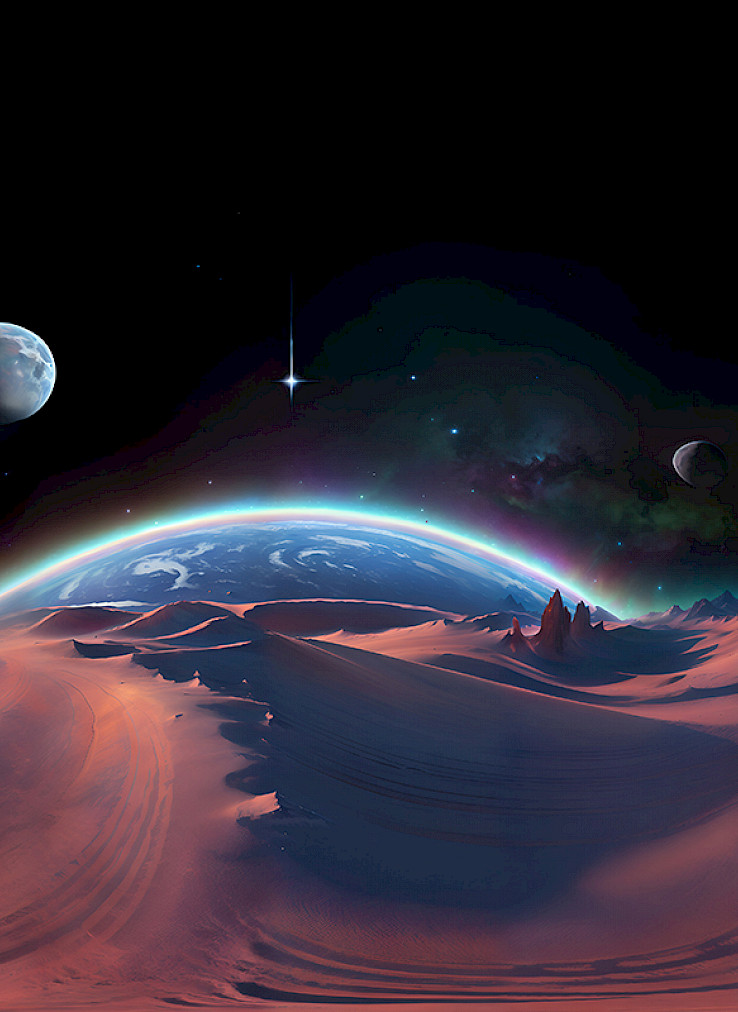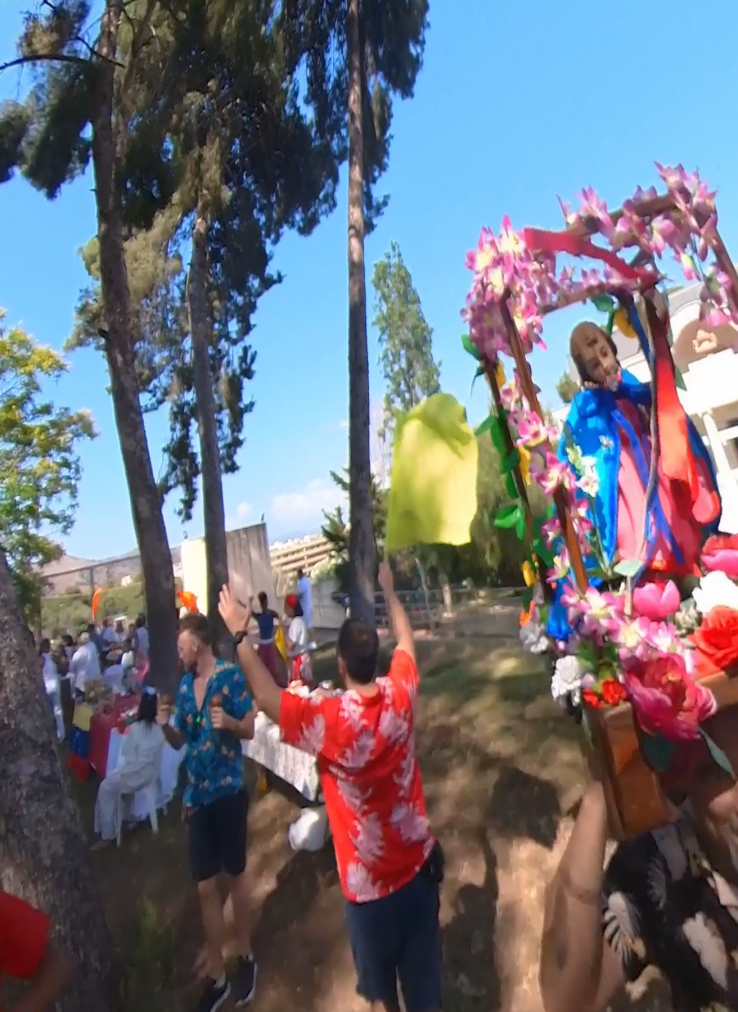This video will be subtitled in English and French in the coming weeks / Picture by © Wayra Ficapal
All the images you have just seen are photographic. The texts are the result of my own experience and are mixed with texts generated by artificial intelligence from a detailed prompt. In my narratives, I refer to a scenario visited at a different time than when the photograph was taken but with the same participants, which gives rise to a hybrid memory. This hybrid memory is a concept that combines personal experience with external stimuli, such as photographs, to create a unique and layered understanding of past events. The same hybridisation of my experience: after a while, this text may feel as real in my body as what I actually experienced. This phenomenon also occurs in the context of our digital lives and social media characters; sometimes, the constructed personality feels more real than the biological one. In this case, hybridisation adds layers of information to my experience, creating a scenario and possible scenes in a landscape and people already travelled.
The prompts used for this exercise are the fruit of my imagination and my presumption based on my past experiences and mental images with the same photographer. Of course, I remember the co-creation that occurs with image systems and networks: all those images I have accumulated in my mind since childhood that have built personal imaginaries. For example, what a Nordic landscape is like or what a child's gaze is like, "filling in" reality, which in turn is also linked to imagination. In this regard, it is essential to know how some brain areas related to imagination also process physical experiences (Farah 2000, 257-258).
As a visual art, photography involves observing and analysing a situation and imagining it before capturing it (Favero in Visual Trust, 2023). Belting (2012, 267) emphasises that photography can only reproduce what we imagine. Before taking a photo, we must imagine it and follow the process involving image, thought, and creation. Didi-huberman (2018, 25) warns that imagination has great realistic power and should not be associated with fantasy or frivolity. Therefore, viewing imagination as an act of derealisation would be wrong.
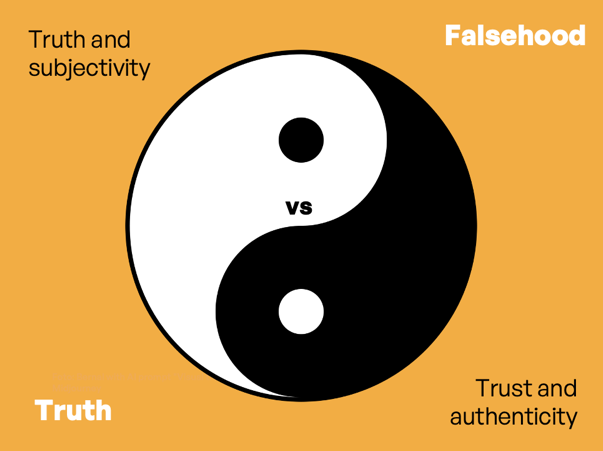
The exercise of 'semi-falsehood' presented in this publication, much like the yin-yang, illustrates how every story contains elements of imagination and interpretation, which does not make it false or misleading. Similarly, every truth contains elements of falsehood, and every falsehood contains elements of truth. This storytelling balance between truth and falsehood is a thought-provoking concept that challenges our traditional notions of reality and fiction.
In the context of fake news and post-truth, the traditional conception of photojournalism as a profession of truth and objectivity, as an idea of 'transparency' and 'democracy' based on the naive idealism of positivism, is giving way to a new paradigm of trust and authenticity. This shift in the field of photojournalism reflects our changing society and the increasing importance of trust and authenticity in the digital age.
According to my research with teenagers and workshops with adults, different audiences connect and relate more deeply to an image because we trust its author or communicator. This phenomenon comes from the coherence and honesty in their discourse and ways of doing things, which we can call their work authenticity. Authenticity refers to the personal intention of the photographer and is not synonymous with "truth" in the "realistic" sense of the term. It indicates the uniqueness of the photographer's gaze, which develops in a particular historical context and within the framework of interacting with the subjects in the image.
Some of these questions and other reflections can soon be read in the article written for the exhibition catalogue "Presence of the Past. A European Album" at the House of European History Museum in Brussels (Belgium). An exhibition of documentary photography that reveals how Europeans relate to the past in their current daily life, and which can be visited from March 28, 2025, until January 2026: https://historia.europa.eu/en/exhibitions-events/temporary-exhibitions
The images in this publication's video were made by the authors Guillem Trius, Brais Lorenzo, and Wayra Ficapal, three of whom are part of the research of PhD Candidate Amanda Bernal on documentary images.
This video was shown for the first and only time at the 1st Visual Anthropology Conference in Granada, organised by AsanRed. The presentation was titled 'Visual Mediations: The Role of the Documentary Photographer and the Challenge of Authenticity'.
Bibliography
Belting, Hans (2012). Antropología de La Imagen. Buenos Aires. Vol. 3032.
Didi-Huberman, Georges, Clément Chéroux, and Javier Arnaldo (2018). Cuando Las Imágenes Tocan Lo Real. Madrid.
Farah, Martha J. (2000). The Cognitive Neuroscience of Vision. University of Pennsylvania. Blackwell Publishers
Favero, Paolo en Visual Trust (2023). What Does It Mean to Make an Image? Presented at the International Conference Visual Trust on Image-making, www.visualtrust.ub.edu Barcelona.
Tarkovski, Andrei (1996). Esculpir En El Tiempo. Rialp.


